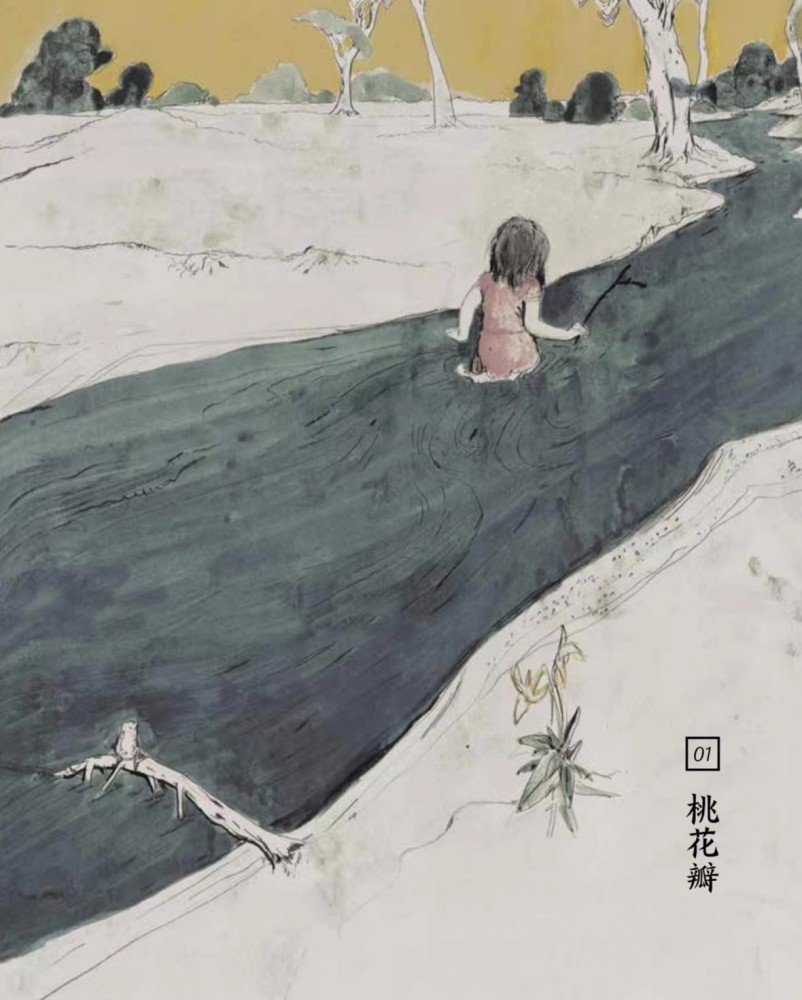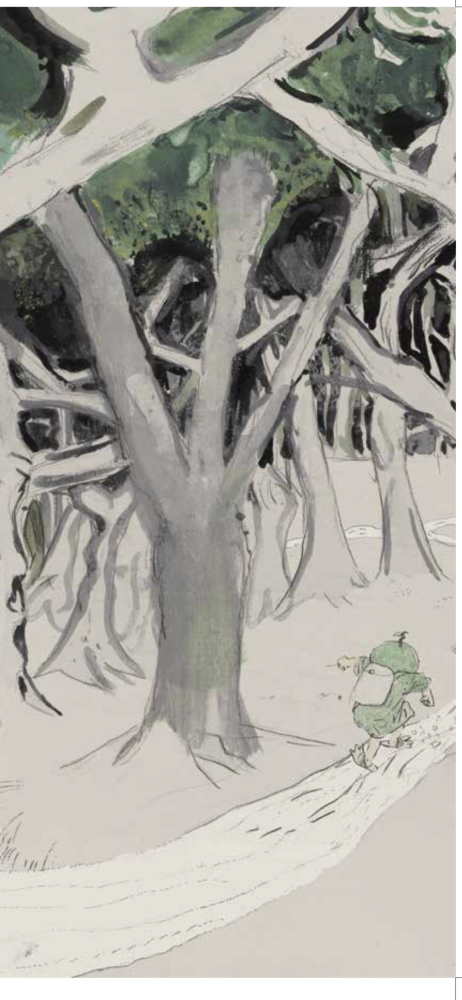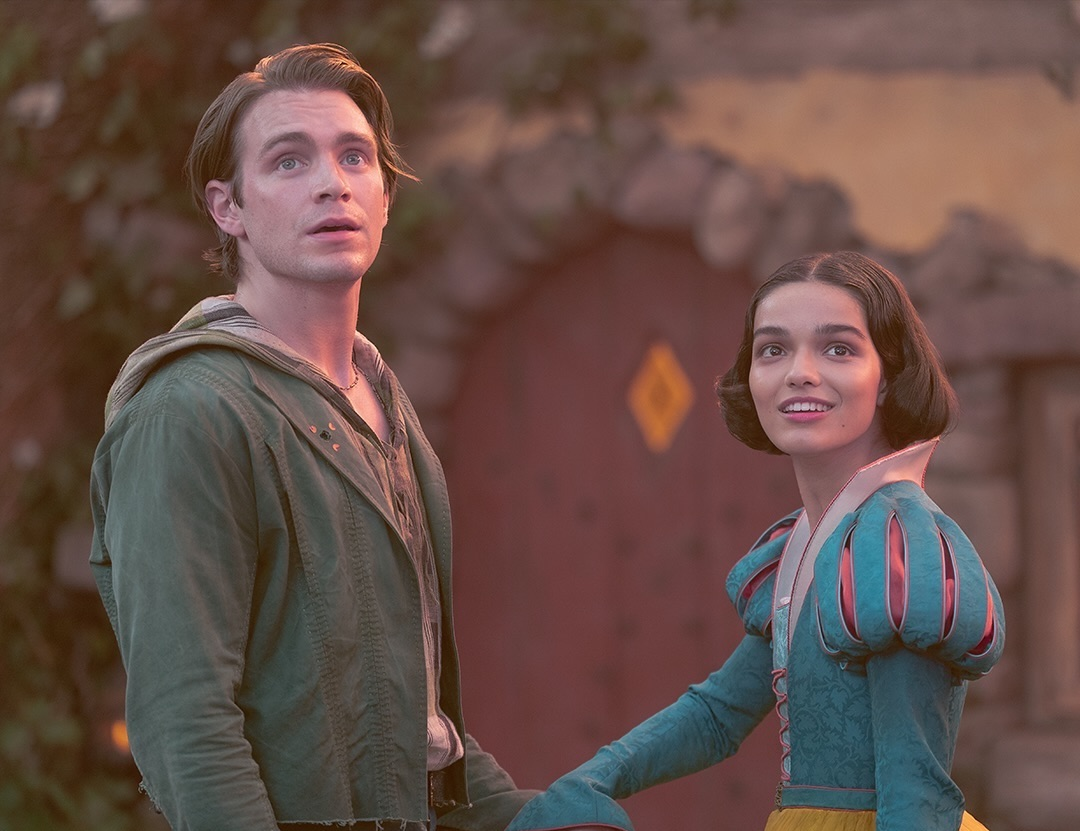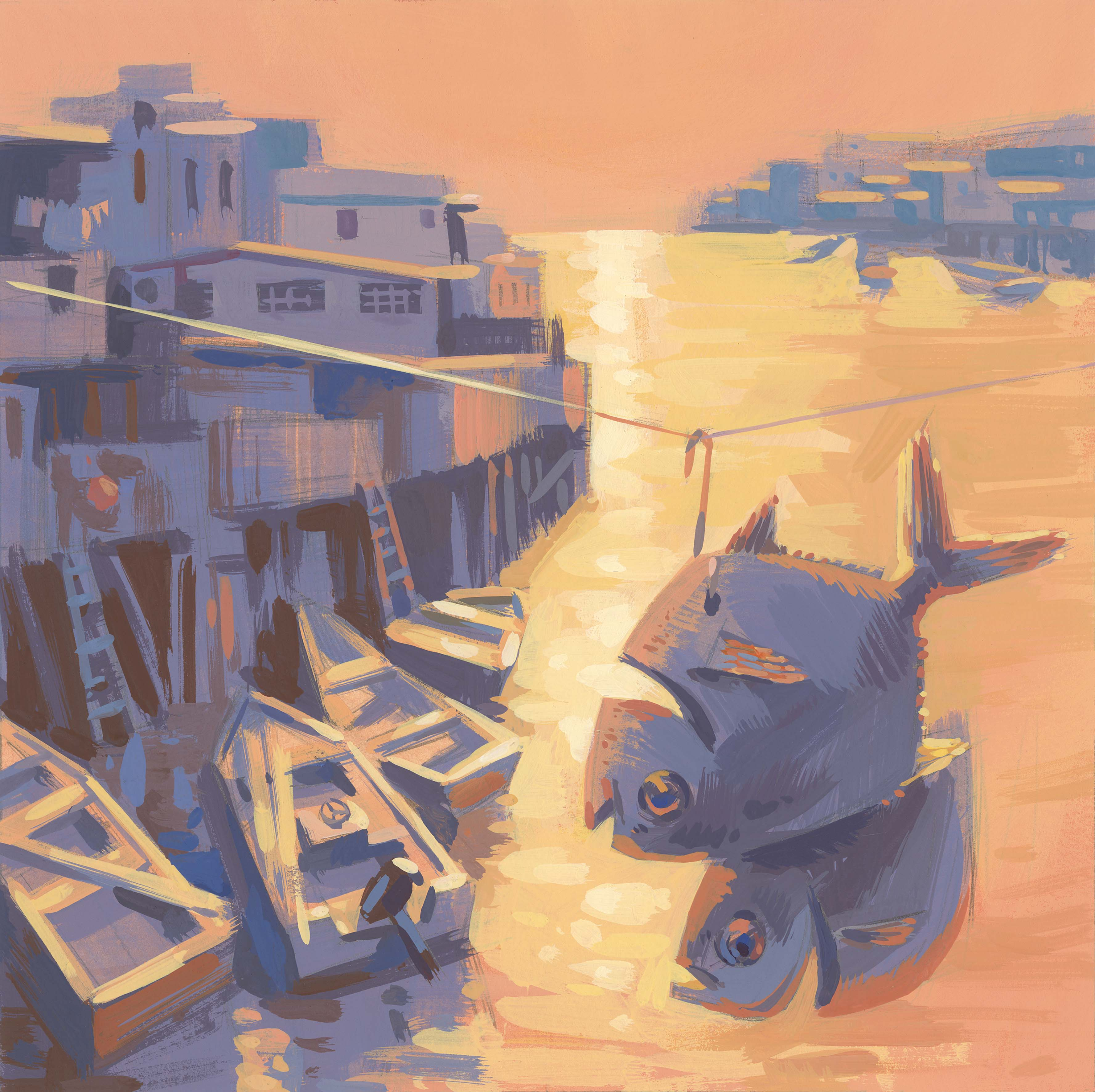Children's author, illustrator Xiong Liang modernises Chinese folklore
Feb 18, 2022
Children’s book author and illustrator Xiong Liang is passionate about reimagining traditional Chinese folklore for modern young audiences. One of six “Culture Makers” being honoured by Shangri-La as part of its 50th-anniversary celebrations, he speaks to Zaneta Cheng about why fairy tales are the perfect vehicle to bring people closer together
Xiong Liang is hailed as one of China’s best children’s book authors. The first Chinese illustrator shortlisted for the Hans Christian A Andersen Award in 2018, Xiong reimagines Chinese folklore and traditional stories to help children connect with their own culture.
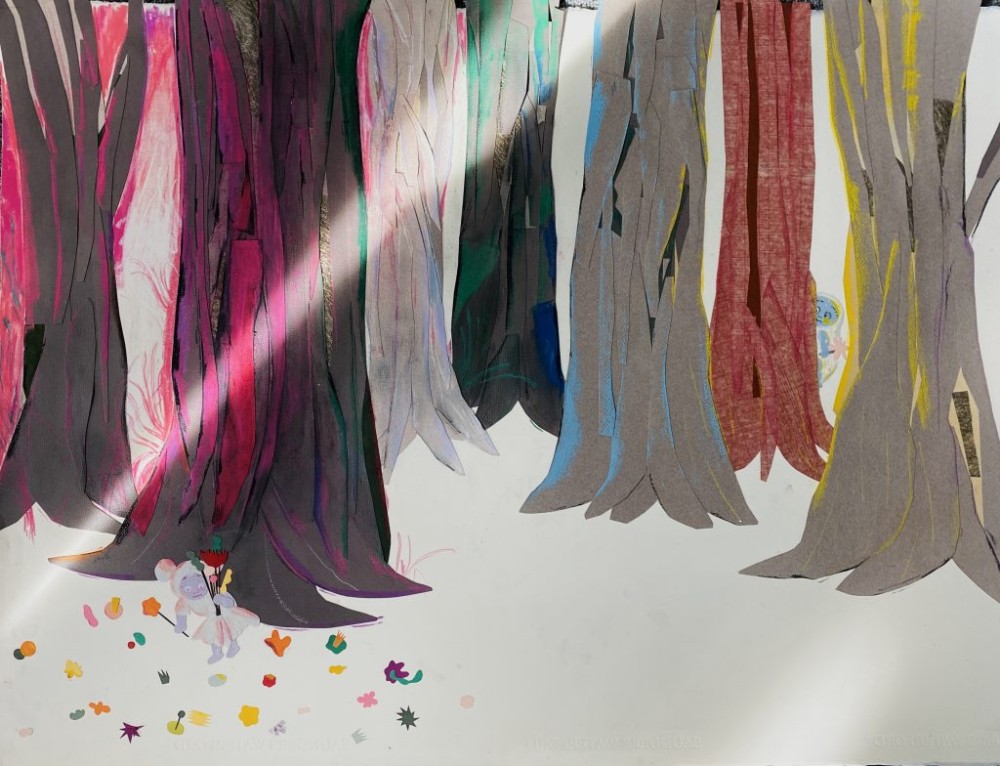
His first, The Little Stone Lion, published in 2005, set the tone for stories to come. The titular character, a stone-carved lion-like those commonly seen across the Chinese landscape, stoically withstands all weather, rain or shine, a guardian spirit protecting his village throughout the seasons. He holds the villagers’ memories and, while the figure itself belongs to Chinese culture, the story’s themes – love, solitude and strength – are universal ones also found in children’s storybooks of the West.
“I include different world views and interpersonal relationships to allow readers to see the world,” says Xiong. “It’s not just about taking inspiration from traditions and classic stories, it’s about creating a world from these traditions.”
Xiong lives in Beijing and even over our low-quality Zoom transmission his tuft of curly black hair, glasses and beige hoodie make him immediately approachable. It’s easy to connect with him and perhaps this is what makes Xiong such a formidable storyteller. His manner is affable but in conversation, it’s clear that Xiong’s views are well observed, considered and precise.
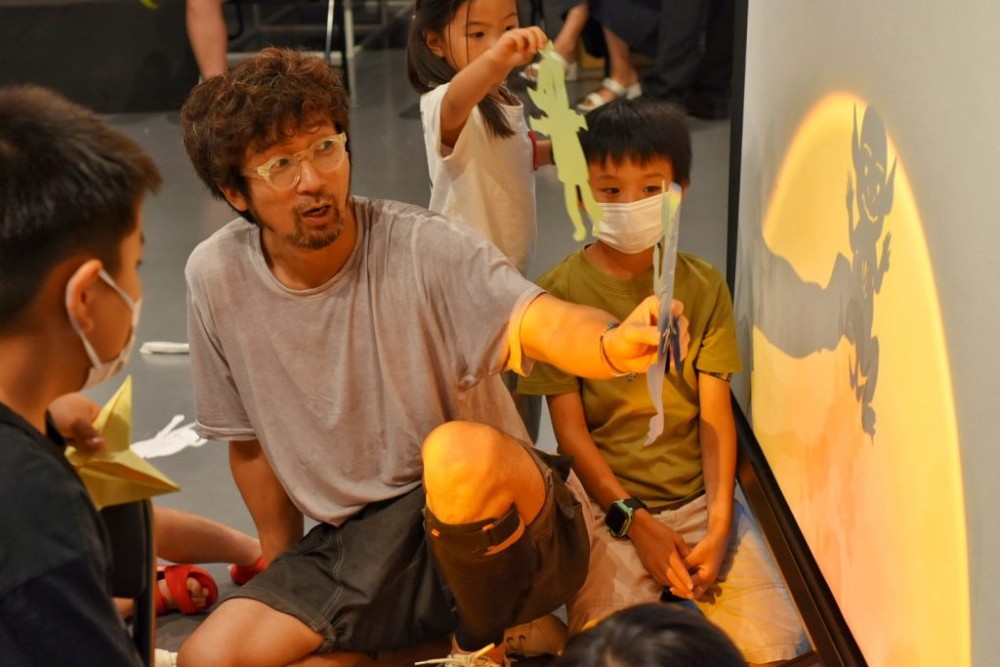
“The starting point of stories isn’t tradition or culture, it’s the connection between people. These interpersonal connections stem from the needs of people depending on the time that they live in,” he says with certainty. “What stands between us now and much of these traditions are history and time, and so very often these traditions become restrictive – which gets in the way of how we live life and how we work. So this is why I try to get rid of all of these other elements that aren’t suited for us in this generation, and focus instead, simply, on the connection between people.”
It’s this quality that drew the Shangri-La Group to invite Xiong to take part in its Culture Maker programme, in which creators in Asia are being spotlit not only for preserving Asian traditions but also reinventing them for the future.
“I decided to join this campaign because I find that both Shangri-La, the brand, and Shangri-La, the imaginary paradise enclosed in the Kunlun Mountains that I tried to look for during my trip to Yunnan, aligned with my creative pursuits,” Xiong explains.
Also see: The visionary that was Off-White Virgil Abloh, Louis Vuitton artistic director
“I’m working on a storybook right now where I’m very interested in the relationship between humans and their environment. By that, I mean interpersonal relationships and community relationships. When you explore a place or a location, it’s not just about how beautiful the environs are or how upscale – the relationships and connections that exist there are also integral to shaping that environment.”
Part of Xiong’s plan is to embark on a project where he will rewrite old Chinese tales into children’s stories. “I want to graft a very big world view, with characters and objects that can help people see the world clearly. Currently, we’re just engaging with elements of tradition but I’m interested in trying to engage tradition as a world of its own.”
With such lofty ambitions and a relatively young audience, Xiong is surprisingly undaunted when asked whether his work might be too complex for children. “Children’s comprehension skills are very strong,” he says. “A lot of the time, I think children and adults are actually the same. Sometimes I find that a child’s understanding of some things might even be deeper than an adult’s, especially when it comes to more abstract concepts relating to life. Adults are already familiar with many of these concepts but for children, they’re always thinking of questions like ‘Where do people come from?’, ‘What is time?’ or ‘W hat’s at the end of the universe?’ This is why I think children are more open to exploring these more abstract concepts and why I’m also more open and willing to experience and discuss these concepts with children.”
It’s also the reason why Xiong is committed to building a complete worldview in each of his stories. “I used to read the works of Hans Christian Andersen, Harry Potter and Lord of the Rings, and watch Miyazaki Hayao. Their stories all share a common characteristic – each contains a belief or a certain faith at its core,” he says.
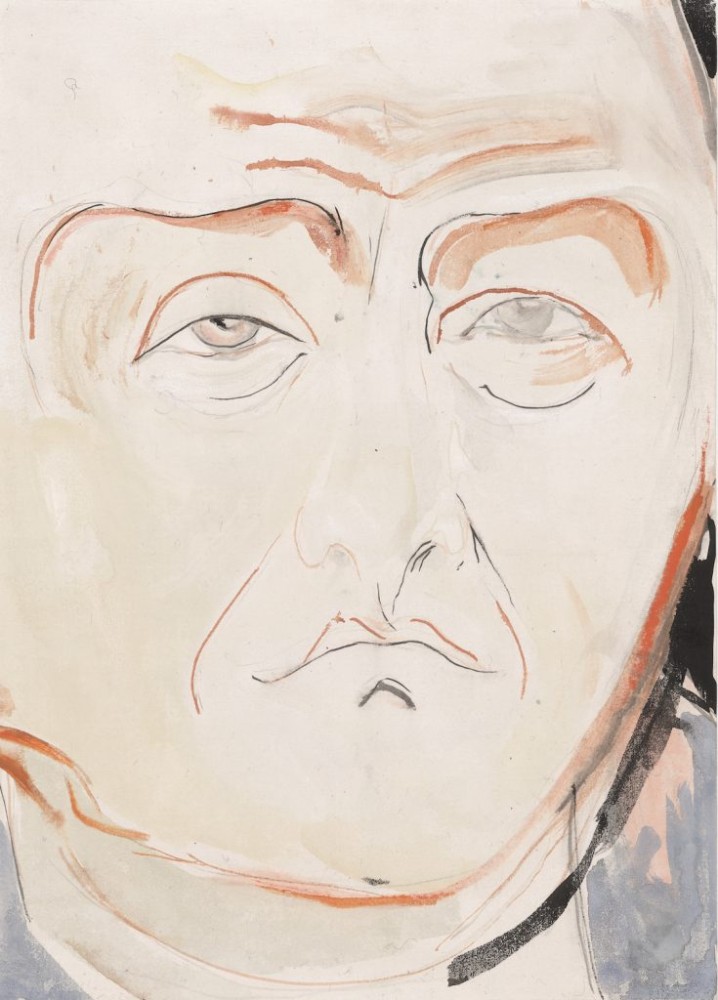
“These beliefs, which may be about love or faith, might serve as something in the background but they provide a very complete sense of the context. With something like that guiding a story, a child can understand it at first glance because it makes sense; there is a world view to subscribe to, which isn’t about just building a landscape of the world but rather an inner logic. This inner logic has to relate to the way life is lived in that world for a child to understand it.”
Xiong cites Alice in Wonderland and Moomin as two fairy tales that have given him inspiration. “For my stories, I always try to think of ideas and themes that are unique and different as well as how I can look at the world with a different perspective,” he says. “This is something that can be seen in Alice in Wonderland, which is why I really like it.”
Aside from wanting to preserve and pass down culture and memory through his stories, one of Xiong’s revelations is that the folklore he was reading as a child stemmed from places that he could visit as an adult.
“When I was young, I read a lot of classic stories and literature that were full of myths and legends – basically fairy tales – and I always thought they only existed in the realm of imagination. But after visiting Yunnan and places in Tibet, I realised that all of these stories actually exist,” he says. “They exist in the environment and exist in the people who live there. You feel as if you’re walking into a fairy tale. This helped me a lot during my creation process because creation is not just imagination or fiction, it has to be based on something real.”
Xiong isn’t going to give up on fairy tales anytime soon. “I can apply the very fun elements of traditional culture to contemporary times. It’s inexhaustible, but I’m not looking to copy. Rather, in classical China, I think fairy tales were not very developed. We can see today that our traditional culture is still stuck in tradition,” he says.
“Fairy tales have always been something that speaks well to children and I find that as a people we all benefit from a little imagination. Imagination is an element that makes our lives different so I find fairy tales to be of great value because they quench a spiritual thirst in people – especially children but also adults.”
Also see: Tom Friedman’s interpretation of art as a break from hyperspeed lifestyles





























